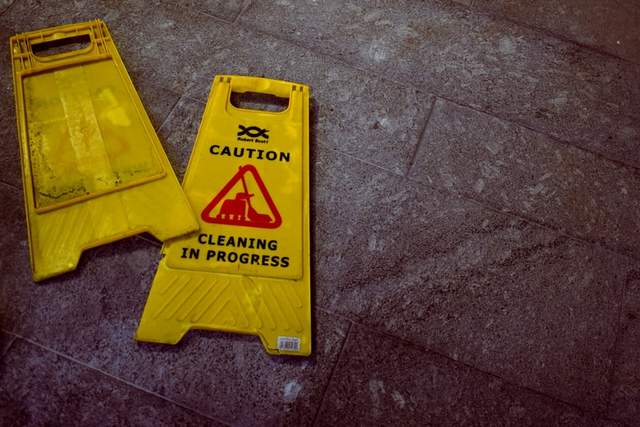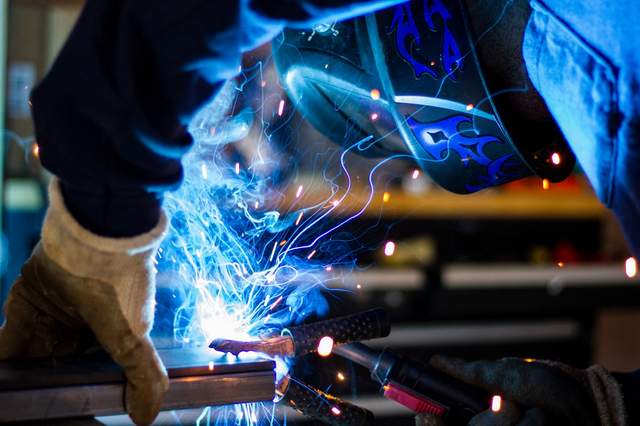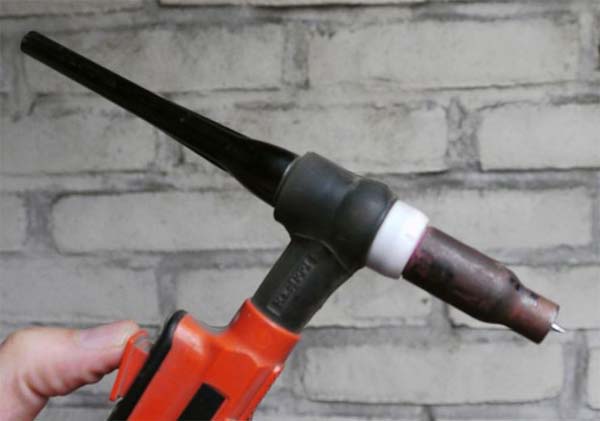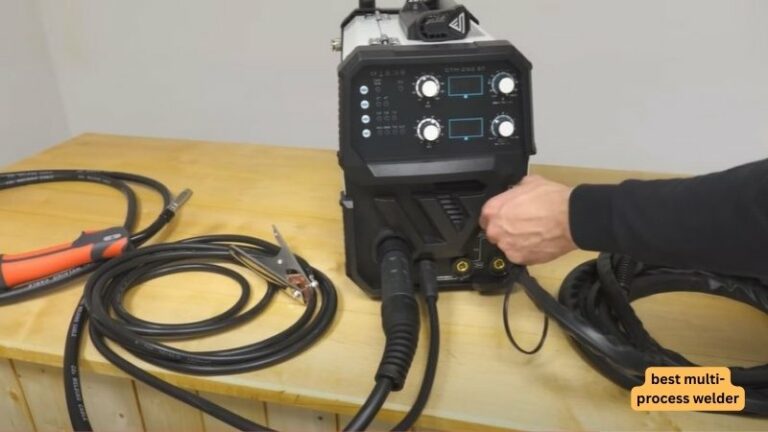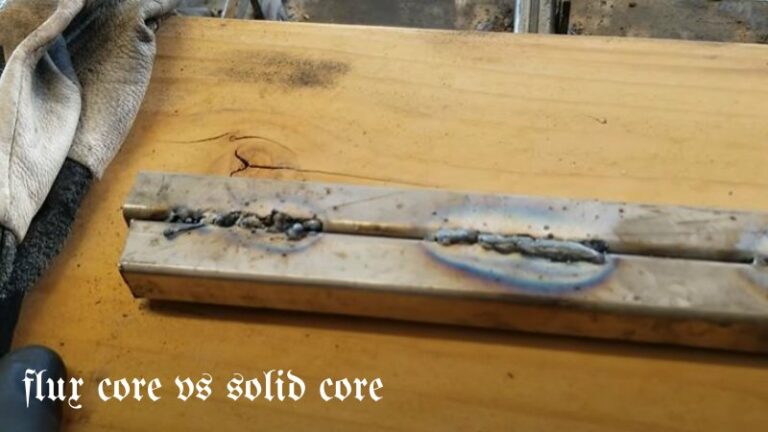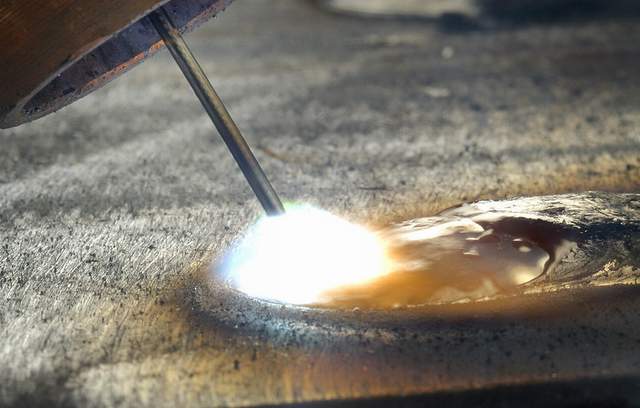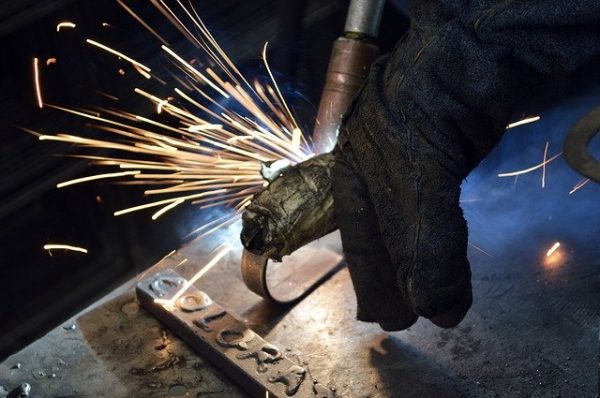How to clean a MIG welder liner
a welding liner:
The welder liner is a simple but one of the most important components of a MIG welder gun. Its primary role is to guide the welding wire from the wire feeds via the gun cable to the contact metal tip of the gun. Welding liners ensure that the wire moves from one section of the gun to another without any glitches. It guides the wire and ensures that it does not deviate from the right path. If the welding liner fails to perform its work properly, then the gun will be worthless because it will not weld anything. It is a crucial component that determines your welding performance, productivity and quality of your welds.
No products found.
How to clean a MIG welder liner properly
If you want to get the best service from your MIG welder, you must take good care of it, and that includes cleaning the MIG welder properly. Proper cleaning of your MIG welder not only helps it look good and neat, but it also helps to improve its efficiency and lifespan. But how you clean your MIG welder matters a lot. If you don’t follow the right procedure while cleaning, you can end up damaging some crucial parts. In this section, we will give you step-by-step tips on how to clean your MIG welder liner properly.
Step one: Remove the liner nut
The first thing to do when cleaning a MIG welder is to loosen the liner nut. Start by removing the welding wire and metal tip from your MIG gun. Use a spanner to unscrew the nut then gently remove the liner from the welder gun. Most MIG welders come with a MIG gun. If you don’t have one, then you need to buy from your local welding dealer shop. Please ensure that you use the right spanner to avoid damaging the liner’s nut.
No products found.
Step two: Blow the liner using compressed air
Once you have removed the liner from your MIG gun, the next process is removing dirt and dust from the liner using compressed air. Compressed hair is highly recommended because it helps to remove metal powder and other dirt and debris hidden inside of the linear, including those that are hard to reach, leaving it clean. It also does not damage the liner.
Step three: Inspect the liner
Before you install the liner back, take your time and inspect it to know if it is in great shape or not. Checking the liner’s overall state is vital because it determines how well it will perform its task. If it is not in good shape, the MIG gun will not be of any use. A liner that is not in good condition can cause more drag, thus reducing efficiency.
Fragments of the welding wire usually break and accumulate as it travels via the liner. Over some time, these accumulations usually cause burn back and poor wire feeding. These problems can also occur when the cable is bent too much (kinked). Therefore, before installing the liner, it is important to inspect whether it is in the right shape. Some important things to check include if the line is bent and if there is a blockage. If the liner is still in good condition, apply the nozzle gel or a welder cleaner to help keep the liner clean. The nozzle gel also helps to prevent the MIG welder from making splatters.
Step four: Replacement
If the liner is not is great shape, you need to replace it with a new one, especially if it is bent or blocked. Buy a new liner from your local dealer. Having a liner that is in good shape is vital for the proper functioning of your MIG gun.
Step five: Install the liner back
Once you are done cleaning the liner, install it back in the MIG gun. Please install the liner keenly and gently to prevent it from curving. Once the liner is well installed, tighten the nut with the spanner to secure it.
What are the benefits of a clean liner?
One of the greatest benefits of having a clean liner is that it helps prevent kinks in the liner. Kinks often cause problems such as wire feed problems and bird nesting, which may compromise the MIG gun’s efficiency, thus leading to poor-quality welds.
Proper cleaning also helps remove debris and metal powder that usually accumulate over time, thus blocking the welding wire, leading to poor wire feeding. Proper cleaning helps to remove any blockages from the liner, thus enhancing the MIG gun’s efficiency.
If you want to increase the durability of your liner, then you need to clean it regularly. Regular cleaning helps remove debris, metal, and other things that may damage the liner, thus shortening its lifespan.
How the MIG welder liner gets dirty
Dirt is a huge concern in MIG welder liners and can lead to a serious and costly problem. That is why welders are advised to clean the MIG welder liner regularly to remove trapped dirt that may block the liner, thus reducing your welds’ quality. But how does the MIG welding liner get dirty?
MIG welder liners usually get dirty over time mainly because of tight bends (kinks) on the cable. Liners are supposed to be straight and flexible to properly guide the wires to the gun. If the liner is bent or out of shape, it can lead to birdnesting, poor feed wire, and dirty liners that can compromise the quality of your welds besides reducing the liner’s lifespan.
Tight curves on the liner often cause friction between the liner and the welding wire, making it more challenging to push the feed wire through the liner. This often leads to the accumulation of metal fragments inside the line that causes wear and tear over time. If the liner is not cleaned on time, the little metal fragments and metal power will slowly begin to pile up and eventually cause massive blockage in the wire feed. The only way to prevent this is by cleaning the liner regularly.
How you install your liner after replacement or cleaner will also determine how first it will get dirty. If you want the liner to stay for a long without getting dirty, you need to install it carefully. If you twist the liner while installing it, it will accumulate dirt quickly.
What are the Types of MIG welder liner
There are many types of MIG weld liners on the market. However, the most commonly used MIG welder types include Teflon liner for aluminum and Teflon liners for aluminum.
Teflon liners for aluminum
This weld liner allows aluminum to move in smoothly through the gun cable to the gun’s tip. This type of liner will enable you to weld smoothly when using aluminum wires
Teflon steel-coated liner
This type of liner directs Teflon-coated steel smoothly through the gun cable to the gun’s tip. Teflon steel-coated liner is only ideal for mild steel welding. You will not get impressive results if you use another type of wire on this liner.
FAQ about a MIG welder liner
• Consider the type of liner.
The first important thing to consider when shopping for a MIG welder liner is the type of liner. There are many different types of liners on the market, but the most used include Teflon liner for aluminum and Teflon liners for aluminum. It is important to note the liner for aluminum will not work well if you replace it with Teflon liners for aluminum and vice versa. Therefore, it is vital to ensure that you purchase the right liner for your MIG welder to get the best results.
• Consider liner size
This is also a crucial factor to consider when buying liner for your MIG welder. Choosing the liner’s right size will help enhance the efficiency and performance of your MIG welder, thus improving the quality of your welds. If you put a feed wire with a small diameter in a big liner, the wire will meander around and on the process, create issues that may end, reducing the efficiency of your MIG welder. It will also damage the liner, thus reducing its lifespan. The best way to avoid this is by purchasing liner that matches the size of your MIG welder.
• Consider the length of the liner
It is also a crucial factor to consider liner length when buying a liner for your MIG welder. To maximize efficiency and improve your welds’ quality, ensure that you choose the length of the right liner. The standards liner length is about 15 ft. However, that does not mean that you should select a 15 feet liner for your MIG welder. If your MIG welder demands a more massive liner, you should buy a longer liner. Ensure that you purchase a liner length that perfectly fits your MIG welder specifications.
If you plan to replace your old worn-out liner with a new one of reinstall it after cleaning, proper installation is crucial to its ability to guide the feed wire via the welding cable to the contact tip. Improper installation of the liner can result in a number of problems, including wire feeding issues, bird nesting, an increase in debris in the liner, and much more, which may also affect the quality of your weld. Below is a simple step-by-step instructions on how to properly install a liner on your MIG gun.
• Ensure that the MIG gun is straight before you begin removing the consumables
• Use a spanner to unscrew the nut on the liner
• Gently pull the liner from the gun
• Gently install a new liner in a straight line until it fits tightly, then secures it with the nut.
If you notice that you are getting a drag with your weld, then that is a clear indication that your liner is not in good shape and needs to be cleaned or replaced. Getting drag is an indication that the liner has blockage and kinks. The quality of the liner that you purchase will also affect your welding performance. Therefore, it is crucial to buy a liner from a reputable manufacturer.
An ideal MIG gun liner is one that allows you to maximize your welding output. The most suitable liner for your MIG gun welder depends on the following factors.
• The size of your MIG gun welder
• The filler metal that you are using to weld
• The length that your MIG gun welder demands
Compressed is used because it does not damage the pensive liner. It is fast and able to grind off all-metal dust and debris, including those hidden in far-to-reach areas.
It depends on how often you use your MIG welder. If you use it often, then you should clean the welder liner at least once a week. On the other hand, if you don’t use it regularly, it is okay to clean it once a month. The general state of the liner will determine the quality of your welds. It is, therefore, important to clean it as often as possible.
Final verdict
A liner is a small but very crucial component that will determine the quality of your welds. If the liner is not in a good state, you will not produce quality welds. It is, therefore, vital to ensure that it is in great shape all the time. The best and most recommended way of enhancing its efficiency by cleaning it regularly. This way, you will remove all metal power and debris that may reduce its efficiency and lifespan.
